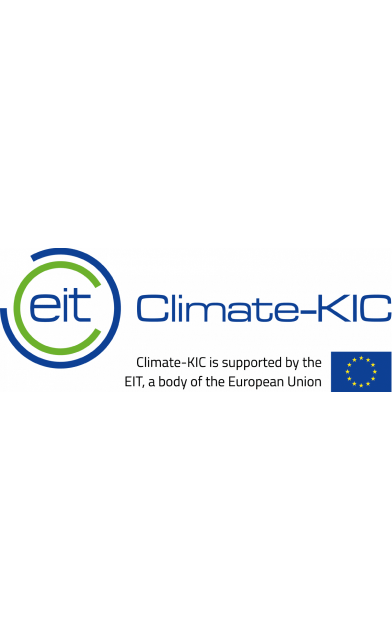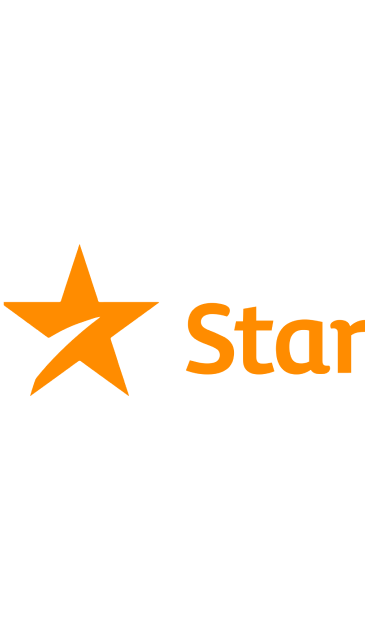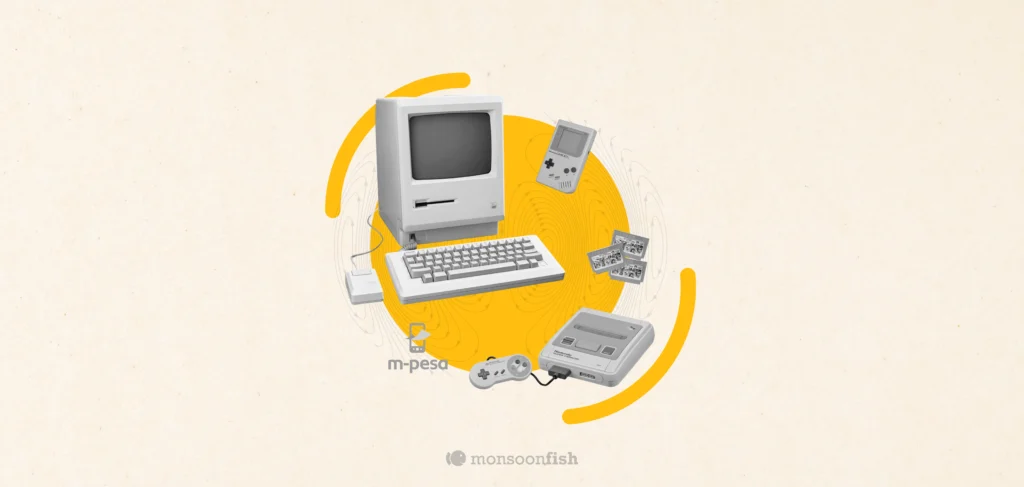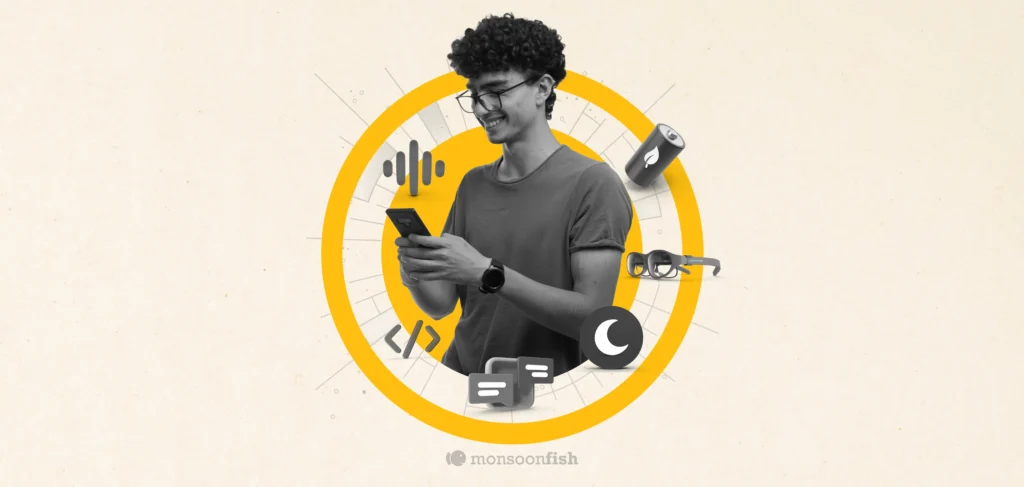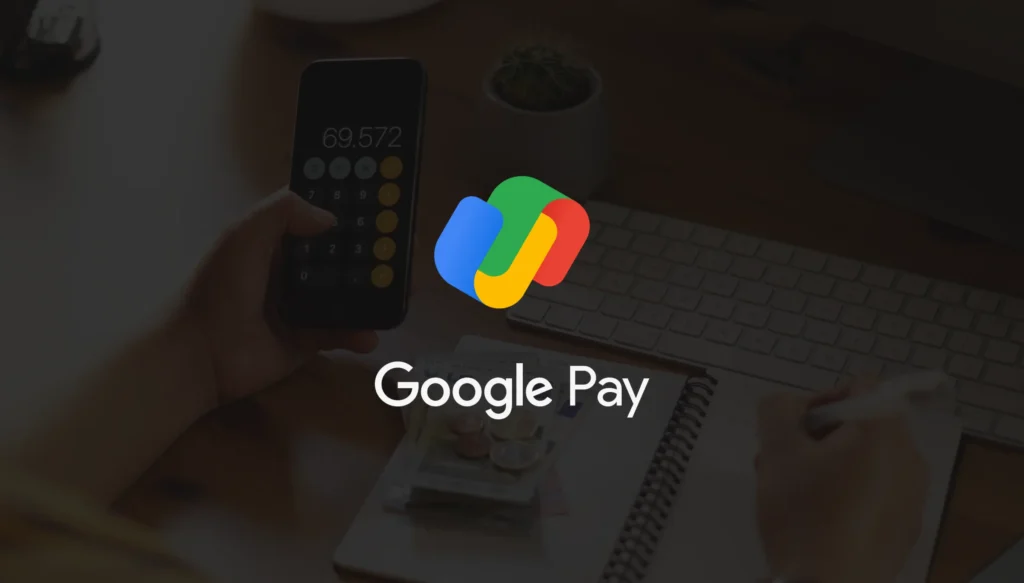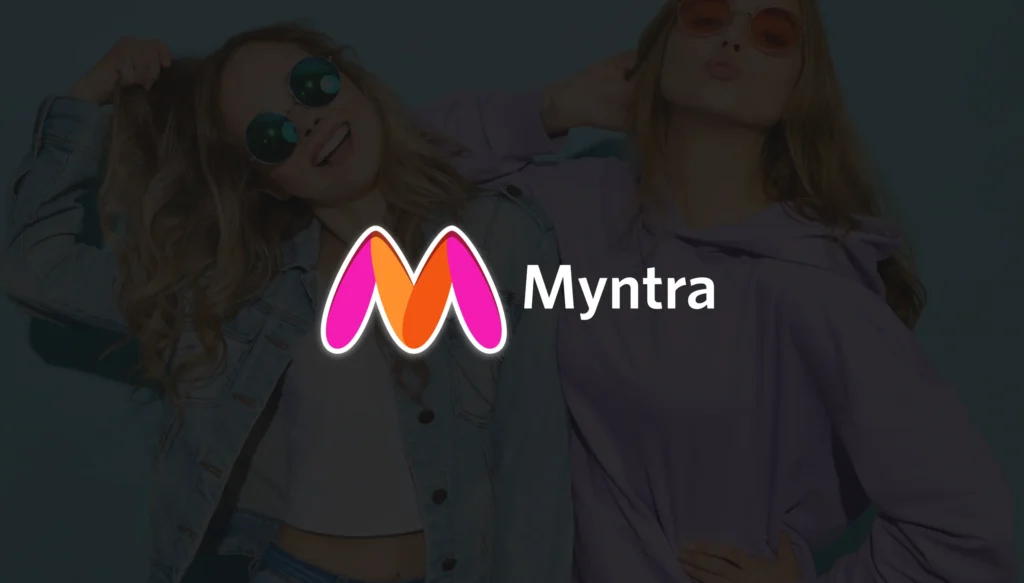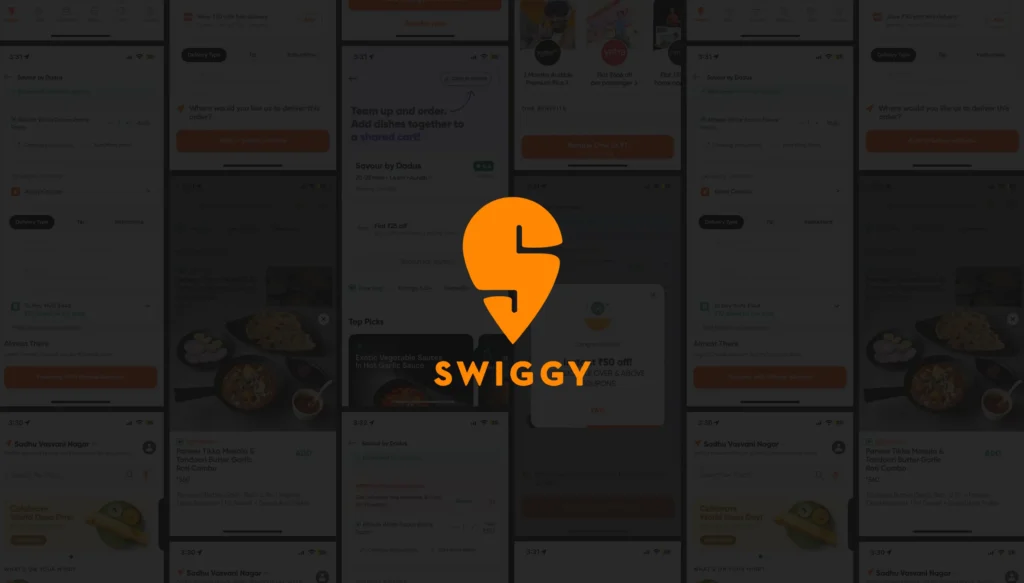Edtech
Adding value to edtech products with UX design solutions that focus on user-friendly experiences, by understanding the learning ecosystem, and addressing the needs of diverse stakeholders.
Enhancing the Usability and Scalability of Digital Education Experiences through EdTech UX Design Solutions
Leveraging design solutions from our edtech UX design agency enhances your product’s scalability across digital platforms, fostering user engagement. The focal point of user experience in edtech is to ensure accessibility and usability for a diverse audience, spanning age and backgrounds, thereby benefiting all stakeholders.
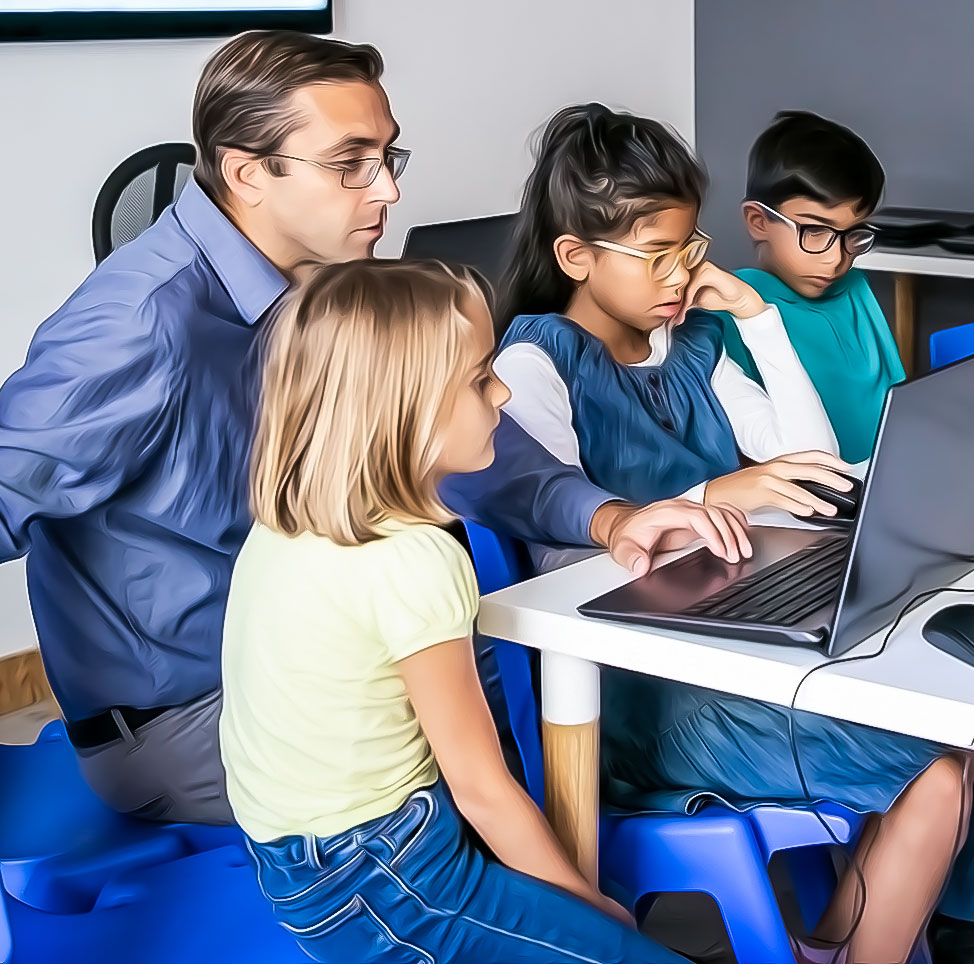
Our Wins for Ed-Tech Products
Here’s What Our Ed-Tech Clients Say About Us
How does UI/UX Design Add Value for Edtech
1.
Avoiding Information Overload
2.
Designing for the Learning Ecosystem
3.
Design Solutions at a System Level
4.
Accessible for a Diverse Audience
5.
Benefiting All Stakeholders
Why Choose Monsoonfish for Designing Edtech Solution?
Experience in Edtech Space
We have been constantly in touch with the evolving Education and learning space and are aware of the digital shift that this industry has made in recent times for the users needs.
Domain Understanding
By working on several projects in this domain, team Monsoonfish is well-versed with the limitations, pain points, and latest tech innovations that can be incorporated in your product. to deliver an efficient design solution.
Methodological Approach and Data Driven Design
Every edtech product needs to be understood well considering all the stakeholders to deliver the right design outcomes for them, hence our design approach includes thorough research and data driven solutions.
Skillset to Deliver Efficient Edtech UX Design Solutions
Our team of designers and researchers are skilled to discover and design value-added, user-friendly solutions considering user psychology to benefit each stakeholder in the entire product journey.
EdTech Trends
Edtech UX Design for Digitized Classrooms
Virtual classroom-enabled online lectures or digitized classrooms are gaining popularity as they allow students to learn from anywhere in the world at their preferred educational institution. Efficient edtech UX design is beneficial for all stakeholders as it not only creates a real classroom-like learning atmosphere at home for students, but it also allows teachers to oversee and regulate academic activities remotely.
UI/UX Gamification
With hackathons and virtual business games becoming a mainstay of the business school experience, gamification could offer new ways to teach students even at an early stage of their education. Gamification can help keep students engaged throughout their learning experiences and thus the global education gamification market is expected to grow between 2021 and 2027.
GUI for AI Learning
These technologies can offer a scenario where AI handles personalization (to offer a more personalized and interactive learning experience) while teachers focus on teaching. An interactive and intuitive GUI for the AI could enable schools to take hyper-personalized journeys through the curriculum by interpreting the interests of each student and predict their behavior, and thus offer them the exact content that they are looking for.
Interactive Experience through AR and VR
Tools are becoming more versatile and incorporating aspects of VR and AR, it would thus hereon become easier to bring learning experiences to life. An appealing and delightful GUI for AR and VR not only captures students’ attention but also helps to learn in a more engaging and productive way, which simplifies the explanation process. Therefore, this makes the teaching-learning process more interactive and immersive. Emerging edtech trends not only significantly enhance marketing and user experience efforts, but also serve to make digital products more functional, efficient, and cutting-edge.
FAQs
What should you look for in a designer or a design company who designs for Edtech?
You should look for a design company with expertise in the edtech domain, a proven track record of creating impact through design solutions, and a portfolio showcasing successful collaborations within the education domain.
Why is UI and UX design critical for Edtech application design
Creating an easy-to-use and enjoyable design is crucial for EdTech applications. The way the app looks (UI) and how users interact with it (UX) significantly affect its success. A simple and visually pleasing design makes it easy for users to navigate, while a thoughtful overall experience improves learning. In the context of educational technology, where engaging users and ensuring they understand the content is vital, a user-friendly design and positive experience contribute to more people using the application and sticking with it.
What is the UI and UX design approach for Edtech?
At Monsoonfish our design approach for edtech products is user-centric (especially for learners), while ensuring user-friendly interfaces, intuitive navigation, and easy accessibility to all the stakeholders.
How does design add value to Edtech products?
UI/UX design solutions help in enhancing user experience of the edtech products, not just from the users perspective but also from the business perspective in many ways such as:
- By avoiding information overload
- Designing wholistically for the learning ecosystem
- Providing efficient design solutions at a system level
- Improving accessibility to a diverse range of audience/users
- Ensuring all stakeholders are benefited
What are the examples of successful Edtech projects?
Our track record includes successful edtech projects with notable partners such as Diksha, Ekstep, Vidyadaan, and others; creating a huge impact not just in India but also globally.
What is the role of emerging technologies like AI, ML, and AR in design for Edtech?
Emerging technologies like AI, ML and AR enhance personalized learning experiences, helping tailor educational content to individual needs. AI and ML analyze user interactions to provide relevant recommendations, while AR brings a more interactive and immersive dimension to learning. These technologies contribute to more effective and engaging educational tools, facilitating a dynamic and adaptive environment for students.
What are the growing trends for design of Edtech applications?
Some of the growing design trends of edtech products include:
- Digitized classrooms
- UI/UX gamification
- GUI for AI learning
- Interactive experience through AR and VR
Stay tuned to discover more such trends in edtech application design in 2024 and beyond.
Why and how do Edtech start-ups benefit hugely from design?
Edtech start-ups benefit significantly from design by creating engaging platforms, attracting and retaining users, and fostering a positive learning culture through user-centric and innovative design solutions.
What is the return on investment of design for Edtech products?
Well-designed products enhance user experience, making them more user-friendly and accessible, leading to increased user engagement, adoption, and satisfaction.. Therefore, the return on investment in design is reflected in improved product performance and the positive impact on the users’ learning journey. Monsoonfish’s UI/UX design expertise has showcased a significant return on investment for an EdTech product named Ekstep, through which we enabled access to millions of users by prioritizing easy usability for both teachers and students in the design process.


